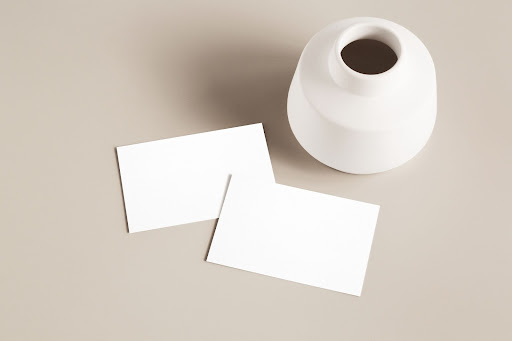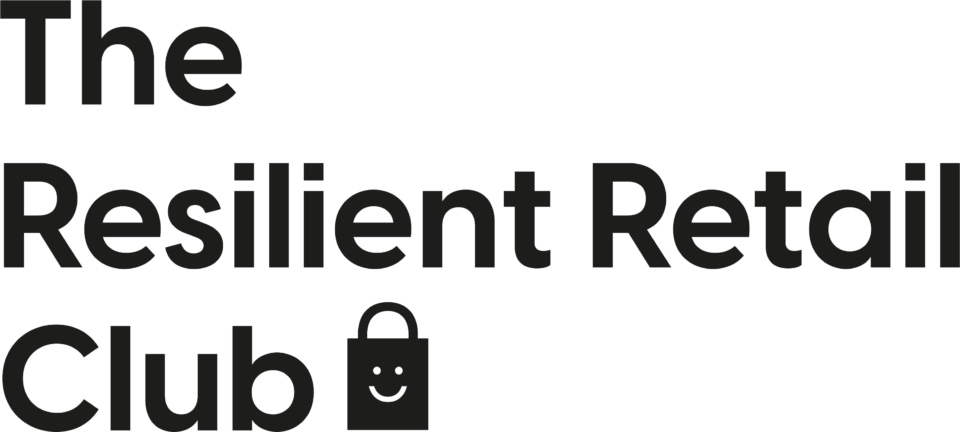Two key factors determine your Shopify business’s success: your site’s organic traffic and your conversion rate. The former relies on clever search engine optimisation (SEO), pay-per-click (PPC), or social media marketing to drive visitors to your website. It’s the same with foot traffic in a bricks and mortar store.
But, just like a physical store, if when your potential customers arrive, your site is the digital equivalent of a run-down old shack on the edge of town, you’re unlikely to see any sales.
Converting as many of your visitors into customers as possible is usually the best way to skyrocket your revenue. That leads to a higher return on investment (ROI) – ensuring every penny you spend on advertising and marketing delivers rewards.
Not seeing a high conversion rate? Learn the best ways to boost your eCommerce site’s customer conversions and the ins and outs of this cardinal metric below.
In this guide:
- What is a Conversion Rate?
- How to Calculate Your Conversion Rate
- What’s a Good Shopify Conversion Rate?
- 10 Shopify Conversion Rate Optimisation Strategies
What is a Conversion Rate?
Your conversion rate is the proportion of site visitors who perform a desired action as a proportion of everyone who browses your store. The higher your conversion rate, the more effective your Shopify store is (and the greater your ROI).
Some online businesses could be booking a demo, signing up to an email list, or downloading a free eBook. But, as an eCommerce business, you’ve got only one goal: sell, sell, sell.
Your store should be designed to take new visitors and funnel them toward a sale. Usually, this process involves a few key steps:
- Product Discovery: Browse products, use search features, and view product details.
- Add to Cart: Select desired product variations (e.g., size, colour) and add to the cart.
- Checkout Process: Enter shipping and payment information and apply any discounts.
- Order Confirmation: Receive an order summary and expect shipment tracking updates.
Step 1 is all about the power of persuasion – compelling copy, perfect pricing, beautiful designs, and fantastic products. That’s what most people focus on. But your Shopify conversion rate is also determined by Steps 2-4 – and that’s about streamlining your system.
How to Calculate Your Conversion Rate
Calculating your conversion rate should be something you do at least once a week. It’s a simple calculation:
Conversion Rate = Total number of conversionsNumber of visitors × 100
Say your store had 10,000 monthly visitors (not too bad), and 500 of them converted. That’s a conversion rate of 5%.
However, imagine that you had 20,000 monthly visitors and made 800 sales. Your conversion rate would be 4%. That’s lower, although your absolute number of sales is higher. Remember, increasing conversions is valuable, but it’s only part of the story.
What’s a Good Shopify Conversion Rate?
The average eCommerce conversion rate is around 2.5% to 3%. However, usually, that depends on your industry – cheaper products tend to have a higher conversion rate than their more expensive counterparts.
Nonetheless, setting a 2.5% benchmark is a good starting place.
Average Shopify Conversion Rate
According to LittleData, a comprehensive survey of Shopify stores found that the average Shopify conversion rate is just 1.4%.
Fall below 0.5%? Then you’ve got considerable work to do. However, stores seeing 3.3% or more are in the top 20% of all Shopify businesses.
10 Shopify Conversion Rate Optimisation Strategies
- Know Your Customers
- Set Clear Goals
- Monitor Metrics and Customer Behaviour
- Add Live Chat
- Try A/B Testing
- Remove Buying Hurdles
- Define Your Value Proposition
- Tackle Abandoned Carts
- Simplify Checkout Process
- Use Reviews and Testimonials
1. Know Your Customers
‘Know thy customers‘ is the first and only commandment of running an eCommerce business. Everything, from your store name to your website design to your product selection, should be tailored toward your target market.
Consider doing some market research. Ask your customers:
- Could you find what you were looking for easily?
- Did the product images and descriptions help you buy?
- Why did you purchase the product?
- What, if anything, made you hesitate to buy a product?
Consider utilising tools like SurveyMonkey, Typeform, or Hotjar to help gather customer insights.
2. Set Clear Goals
Do you want to boost your conversion rate by 10% in six months? How about seeing 300 more conversions a month?
Without clear objectives, it’s difficult to define success. Set a baseline and define the improvement you want to see over a specific period. Be realistic, however. Look at the average Shopify conversion rate for your industry and your current level – ask yourself how long it would take to make up the difference or do better.
3. Monitor Metrics and Customer Behaviour
Conversion rate is a final metric – it measures the core objective of your business. However, to see an improvement, you need to know what customers do when they browse your site.
Keep an eye on these metrics:
- Bounce Rate: Percentage of single-page visits.
- Average Session Duration: Time spent by visitors on the site.
- Cart Abandonment Rate: Percentage of carts not converted to purchases.
- Product Page Conversion Rate: Percentage of product page visitors who buy.
- Return on Ad Spend (ROAS): Profit generated from ad campaigns.
Look for the underlying reason behind your lacklustre conversions and put your time into bolstering that metric.
4. Add Live Chat
Ever had a burning question when browsing products? Something you just had to find out before you clicked ‘Add to Cart.’ You’re not alone.
Adding a Live Chat feature (or even an AI-powered Chatbot) can ensure your shoppers get the extra push toward the all-important sale.
5. Try A/B Testing
A/B testing is almost like cheating; it’s so effective. The logic is simple: create two versions of a page. Let customers loose on both, seeing which page has the best conversion rate. Then, do it again. And again. And again.
With each new iteration, you gradually see your store’s conversions increase. Common site aspects to A/B test include:
- Call-to-Action (CTA) Buttons: Colour, size, and text.
- Product Descriptions: Length, format, and content.
- Homepage Layout: Image placements, banners, and product grid.
- Checkout Process: Number of steps, field labels, and design.
- Promotional Offers: Types of discounts, display style, and placement.
6. Remove Buying Hurdles
Every additional click, page, or hoop buyers have to go through to purchase a product results in lost sales. From arrival to sale, you should remove all friction points to make buying a product as easy as possible.
Look at your analytics to see which stage in your funnel has a drop-off. Do you have a high cart abandonment rate? A high product page bounce rate? Whatever it is, pinpoint the problem and fix it.
7. Define Your Value Proposition
Ask yourself:
- What makes our products special or different?
- Can someone get what we’re about quickly?
- Does it speak to what our customers really want or need?
- How do we stand out from our competitors?
Are you the cheapest? The most luxurious? The best quality? Whatever makes you stand out from the crowd should be front and centre. In fact, your site should meet the 30-second rule: if I don’t know what you sell and why I should buy it within 30 seconds on your site, you’ve failed.
8. Tackle Abandoned Carts
Two-thirds of shoppers abandon their carts before checkout – that’s prime conversion rate territory. Sometimes, it’s as simple as forgetting or getting distracted. Life gets in the way.
Sending an abandoned cart email (or even a discount) can prompt customers to finish what they started. Your email should be rich with social proof and compelling copy.
9. Simplify Checkout Process
Carrying on from point #6: don’t make your checkout process laborious. Ask only for the information you need to make the sale. The longer you make the checkout process, the more abandoned carts you’ll see.
If in doubt, implement one-click checkouts to simplify the process to the bare essentials: name, address, and payment information.
Top tip: adding a progress bar can gamify the checkout, letting shoppers know where they are in the process.
10. Use Reviews and Testimonials
Trust is the bedrock of every sale. Unless you’ve got some insane sales techniques to convince friends and family to recommend your products, the next best thing is customer reviews and testimonials. In fact, around half of surveyed customers trust customer reviews the same as a recommendation from a friend.
Your product pages should always include reviews – and don’t be afraid to pin the best comments to the top. You can also feature customer quotes or testimonials on your home page. Some sites even go as far as adding a dedicated page to reviews.
Closing Thoughts
Unlock the secrets to supercharging your Shopify store with our proven strategies. But for a deeper dive into scaling your business, consider joining The Resilient Club. Founded by Catherine Erdly, it’s your golden ticket to expert support and invaluable insights.
Learn not just to thrive but to excel. Join the club today and redefine success for your eCommerce venture!













